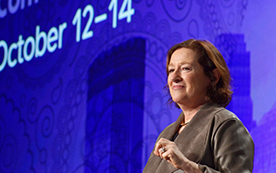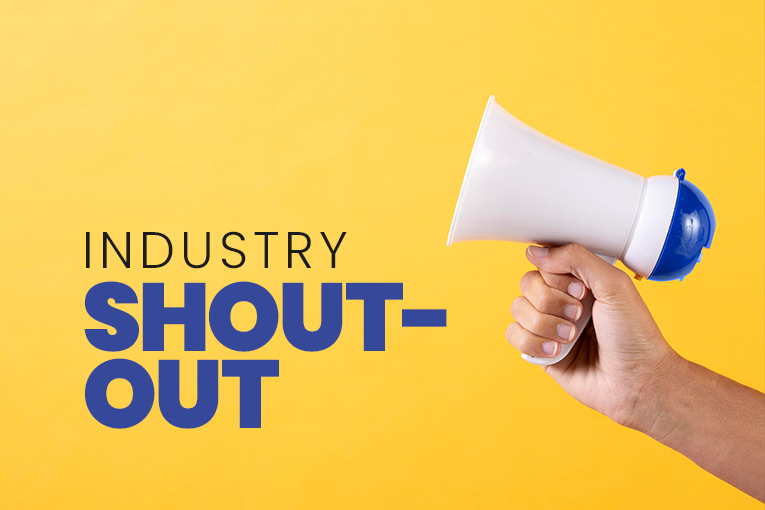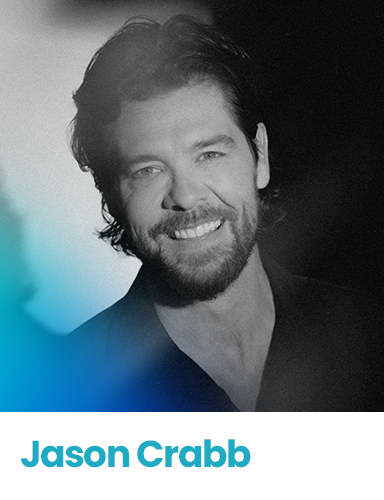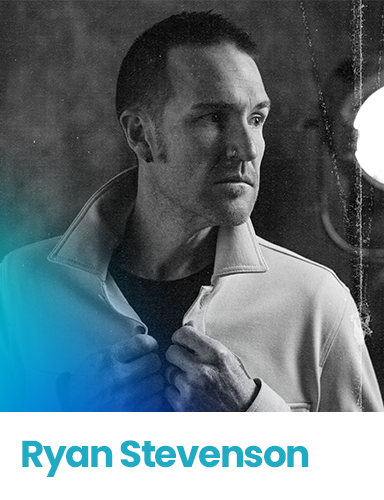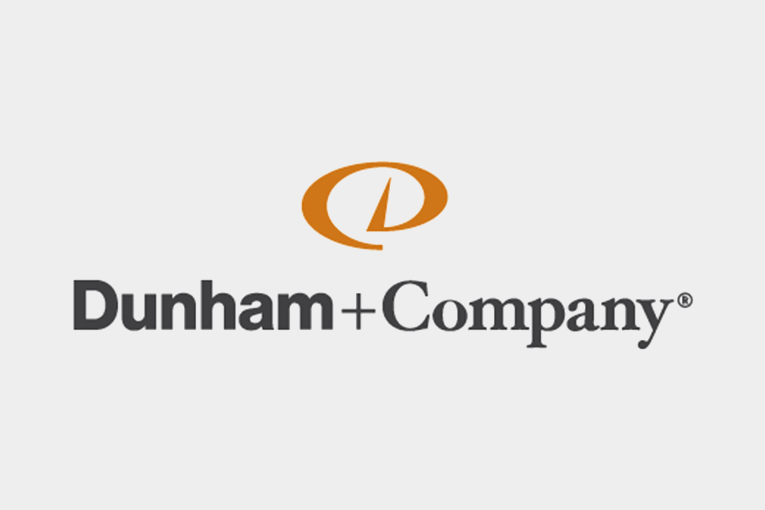
Tips for a Successful Year-End Email Campaign
Design plays a pivotal role.
In an era where inboxes are crowded and attention spans are short, optimizing the design of your year-end communications is essential to ensuring your ministry’s message is seen and engaged with.
While there is always a time and place for text-only emails, it is important to ensure that your campaigns stand out when volume increases in inboxes. Campaigns during year-end serve a unique purpose. They should stand out to the user as a special campaign, grabbing their attention from a design perspective.
1. Creating Attention-Grabbing Banners
In any email communication, the banner is the first element users see.
For special campaigns such as year-end, you can incorporate unique design features to enhance the user experience whether you have a special resource or not.
With a resource: Incorporating elements of the featured resource (such as a book or special offer) into the banner creates continuity. Using the colors and theme of the resource can enhance its appeal and make the email look cohesive. This not only adds relatability but also visually communicates the value of the resource to the user.
Example: A banner featuring a book could include a clean design, featuring hands holding the book with a vivid color palette that matches the book cover. This sets a clear connection between the banner and the resource.
Without a resource: When there’s no resource to promote, the email banner should still stand out. It should be distinguishable from regular communications by using a special design that is visually striking and immediately signals a unique year-end campaign. Colors should align with the ministry’s branding but differ enough to catch the user’s eye as something special.
Example: Ensure that the banner features a captivating headline that motivates users to engage further, such as highlighting a matching grant or year-end giving goal.
2. Leverage The Resource to Enhance Campaigns
If an organization offers a resource as part of the campaign, such as a devotional booklet or a downloadable pdf, it is critical to incorporate visual representations of that resource throughout the campaign. Depending on the frequency of the emails, consider creating several mock-ups for the resource. Variations like standard product shots (e.g., the cover of a book or pdf), lifestyle images (e.g., someone holding the book, the pdf displayed on an iPad), and resource banners with supporting text allow for diversity in the visuals and prevent the emails from becoming repetitive. This also provides the reader with a visual image of what the resource would look like, allowing them to imagine having it in their hands.
Example: Use a mix of images, such as a top-down view of the resource on a desk or a close-up of hands holding the item, to add a personal and relatable touch to the email.
3. Design Consistent Campaign Assets
Consistency in design is crucial for ensuring that the overall campaign has a credible and cohesive look. The email banner, footer, donation form, and resource design should all work together to create a unified feel across the year-end communications. A well-coordinated design can lead to higher engagement and ultimately better results. While often overlooked, a well-designed footer can make a significant impact. Create a footer that complements the colors and visual elements used in the banner. This creates visual harmony, making the emails look polished and complete. To increase engagement, visual elements like testimonies, Scripture quotes, or even animated gifs (e.g., a looping video preview) can be inserted. These provide variety and ensure the email remains visually interesting while delivering important content.
Example: A short gif showing a highlight from a testimonial video or a Scripture overlay with a subtle animation can captivate attention without being intrusive.
4. Use Graphics to Reinforce Campaign Goals
Graphics aren’t just for decoration – they serve a distinct purpose to change how the user feels about your content and moves them to engage further. Whether it’s reinforcing a campaign’s matching goal or emphasizing a key testimonial, visuals can powerfully support your message.On your donation page, a mobile-optimized image that reflects the campaign’s message (e.g., “Thank You for Helping Us Reach Our Goal!” or “$30,000 Matching Grant”) can make the page feel more dynamic and reinforce the urgency or importance of the campaign.
Example: A graphic showing the progress of a matching grant, complete with a visual thermometer or bar, gives supporters a real-time sense of how their donation is making a difference.
5. The Importance of Unique Campaign Design
Year-end campaigns represent a special moment in the calendar year when organizations make a final push to achieve their annual goals. To break through the crowded inboxes, it’s crucial to ensure that emails designed for the year-end period feel distinct from regular, ongoing communications. While remaining on-brand is important, it’s equally crucial to ensure that the campaign is differentiated enough from your regular communications to grab attention. This might mean altering the color palette slightly, using bolder headlines, or integrating campaign-specific imagery or themes.
Design isn’t limited to just email. The visual elements from your email campaign should also be reflected on your website, social media, and any printed materials. This creates a consistent experience that reinforces your message at every touchpoint.
We’d love to help you break through to your audience this year-end. If you’re interested in learning more about how you can leverage email for your ministry – and reach more people for the Kingdom – contact us today!

